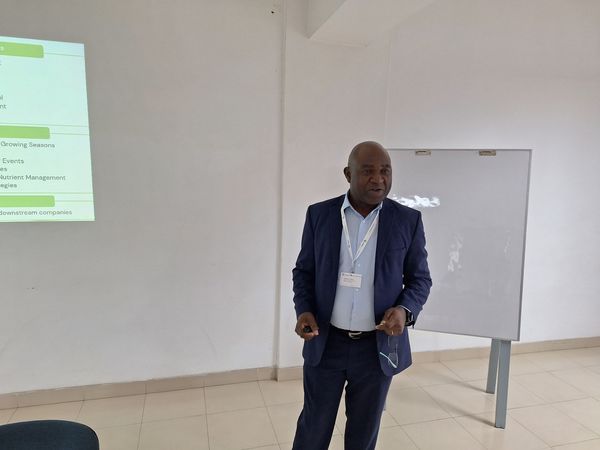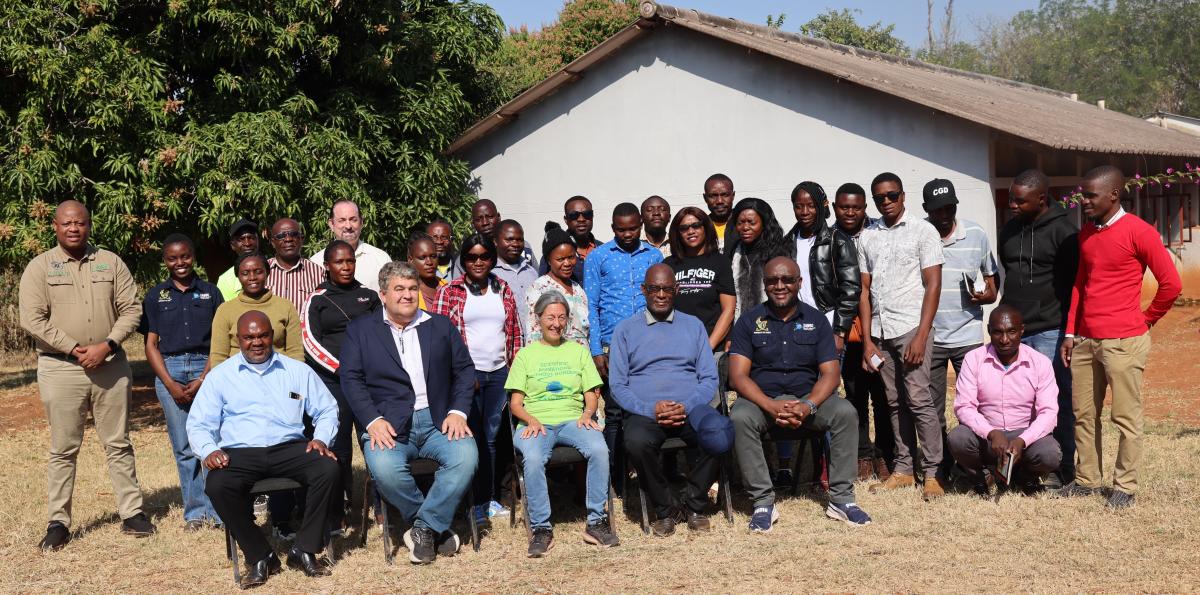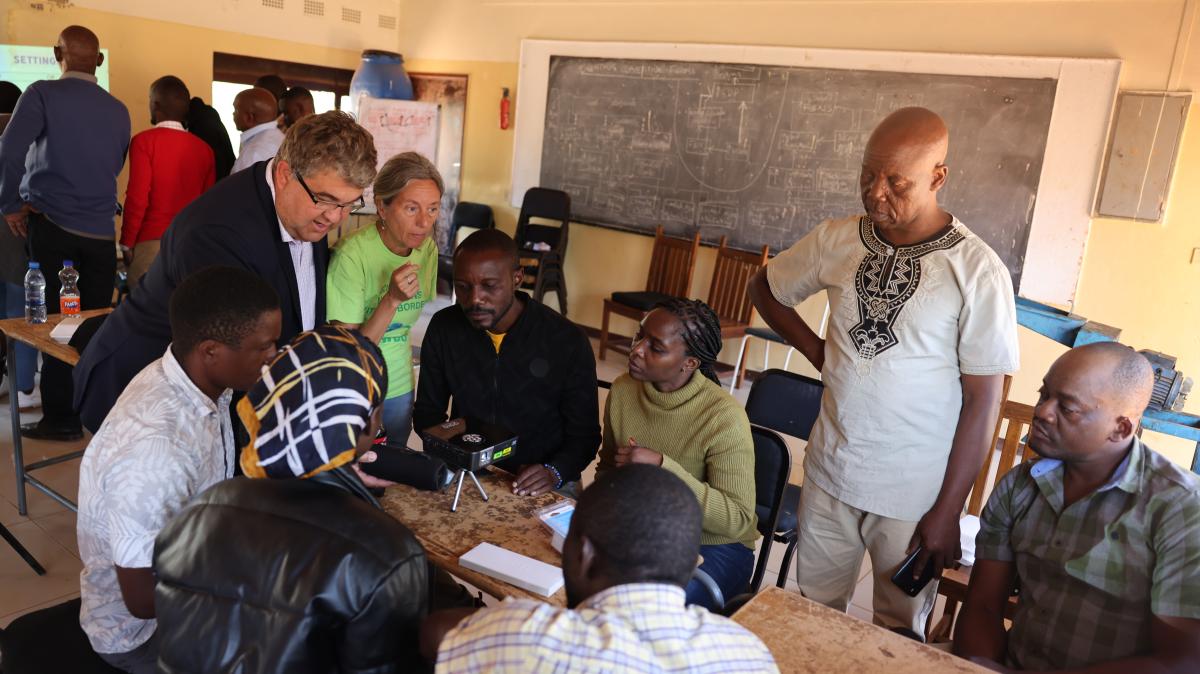Water use and productivity of a sorghum-cowpea-bottle gourd intercrop system
Water is the main factor affecting crop production in sub-Saharan Africa. It was hypothesized that intercropping sorghum (S) with either cowpea (C) or bottle gourd (B) would result in better productivity and water use efficiency (WUE). This was evaluated using a split-plot design with sub-plots arranged in a randomised complete block manner within the main plot, replicated thrice. Water regimes [full irrigation (FI), deficit irrigation (DI) and rainfed (RF)] were allocated to the main plots. Sub-plots comprised intercrop combinations, SS (sole), C (sole), B (sole), SC (intercrop) and SB (intercrop). Data collected included soil water content (SWC), plant height (PH)/vine length, leaf number (LN), tillering (T)/branching, leaf area index (LAI), relative leaf water content (RWC), stomatal conductance (gs) and chlorophyll content index (CCI) as well as biomass accumulation and partitioning. Yield and yield components, water use (WU) and WUE for grain (WUEg) were calculated at harvest. Land equivalent ratio (LER) was used to evaluate productivity of the intercrop. Sorghum canopy size decreased (P < 0.05) (−6.7%, −10.6%, −89% and −79% for PH, LN, T and LAI, respectively) with decreasing water availability. Sorghum growth and development were unaffected by intercropping. Intercropping sorghum with cowpea improved gs (23%) and CCI (6.56%) of sorghum under low water availability. Productivity of sorghum across varying water regimes and cropping systems was stable with final biomass, yield and harvest index of 2.4 t ha−1, 0.98 t ha−1 and 35%, respectively. Overall, LER showed a 46% increase in productivity across all intercrop systems. Intercropping marginally increased WU (5.64%). Improvements of WUEg were observed under SC and SB (54.65% and 46.98%, respectively) relative to SS. Intercropping sorghum with cowpea is recommended for semi-and arid environments since it promoted efficient use of water.
Agricultural Water Management, ELSERVIER










